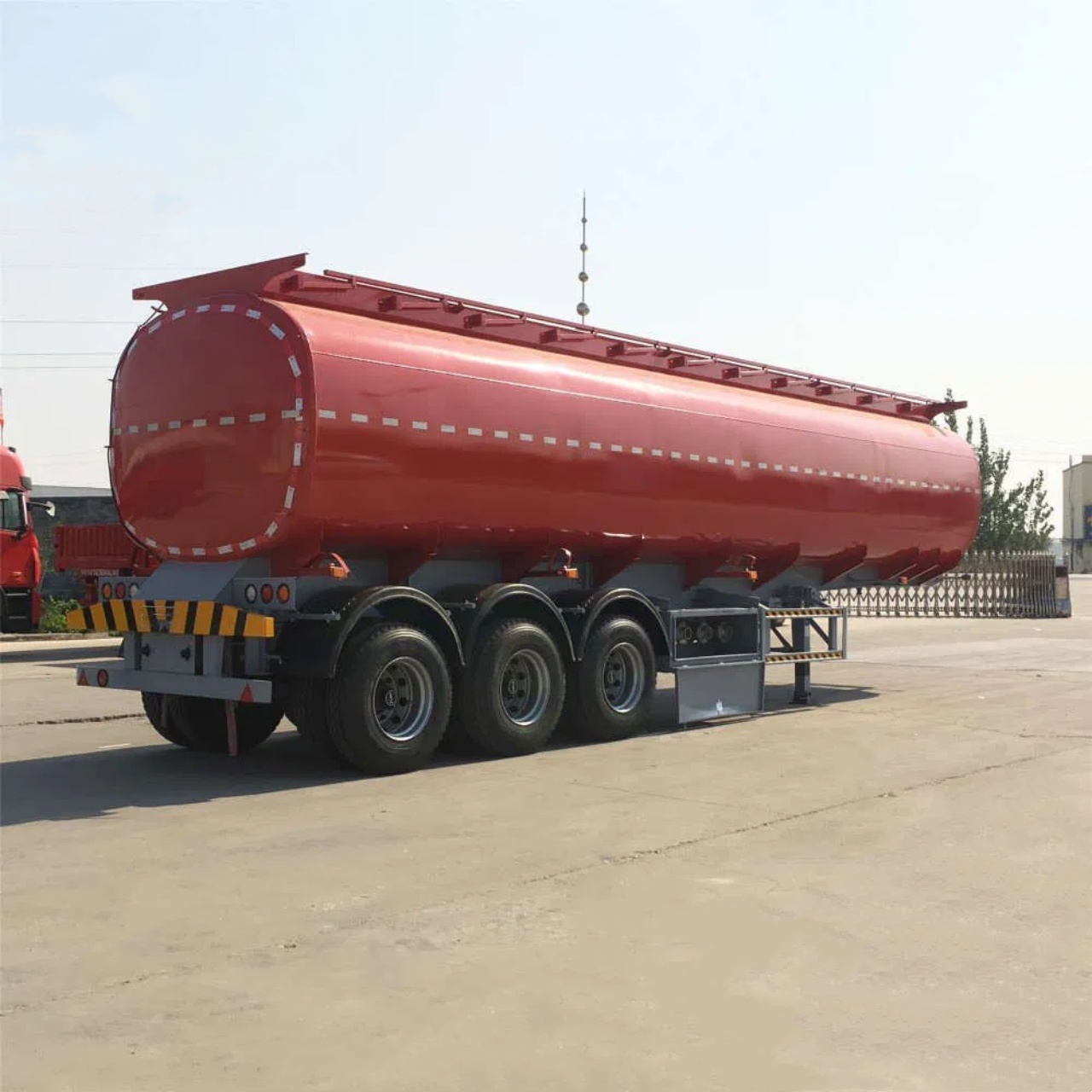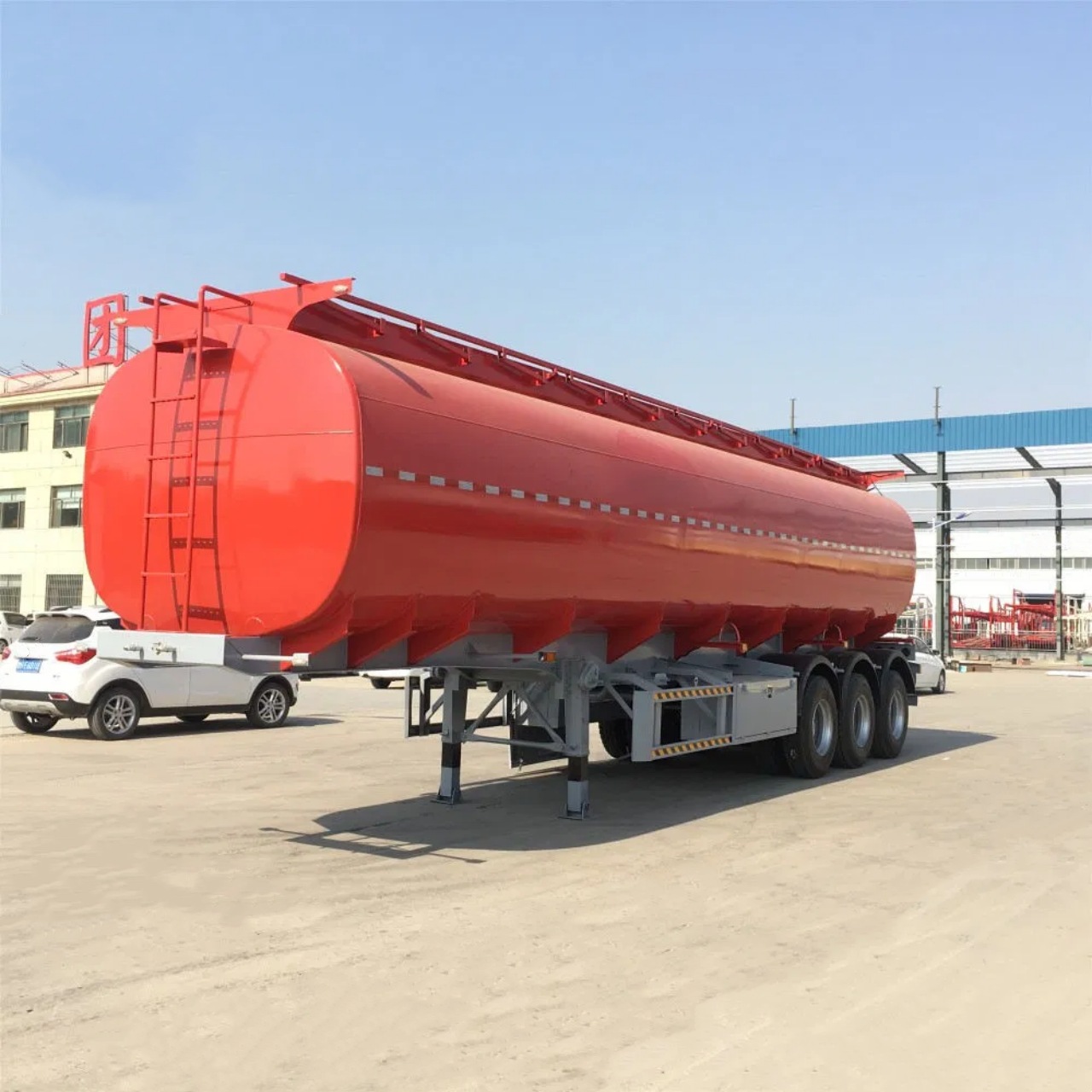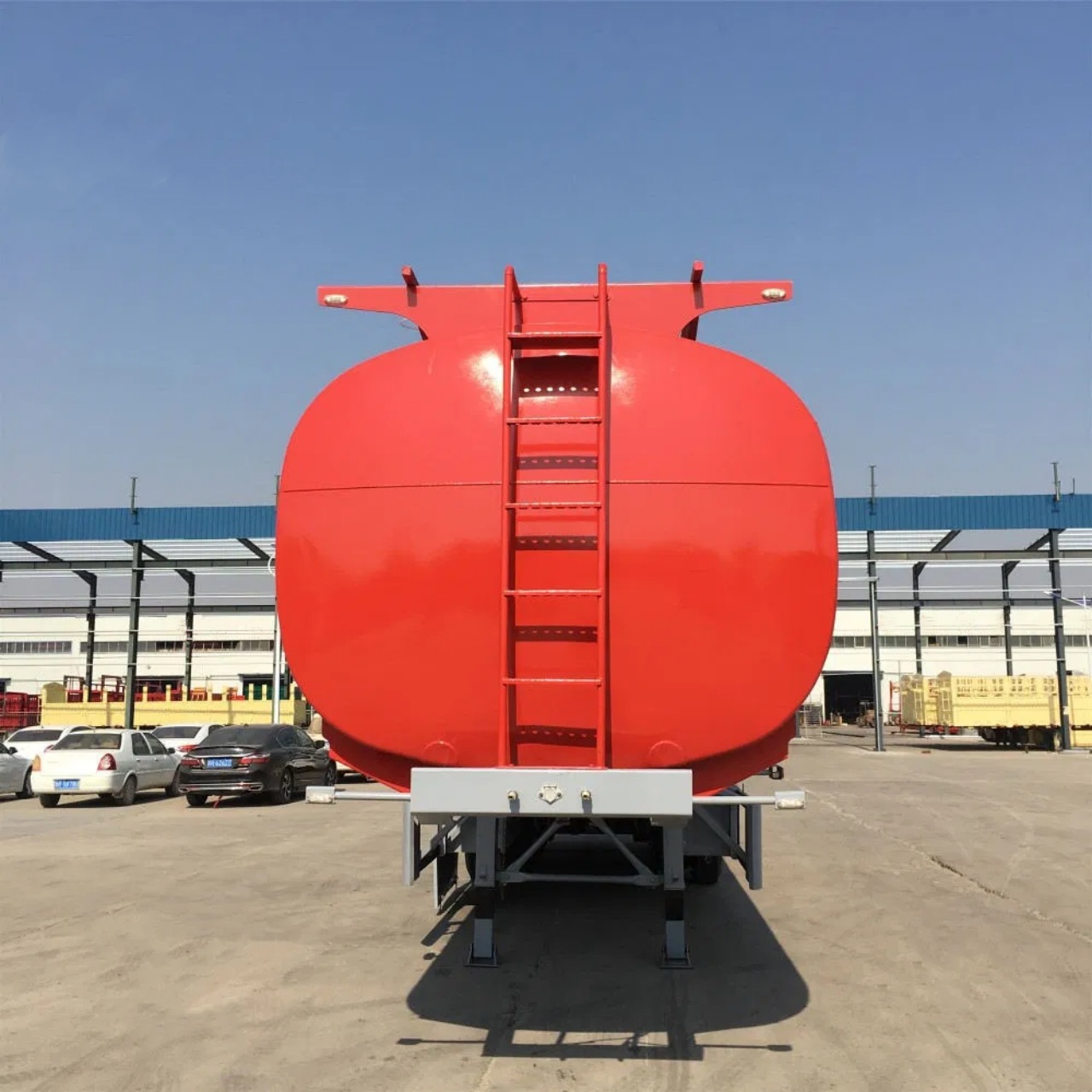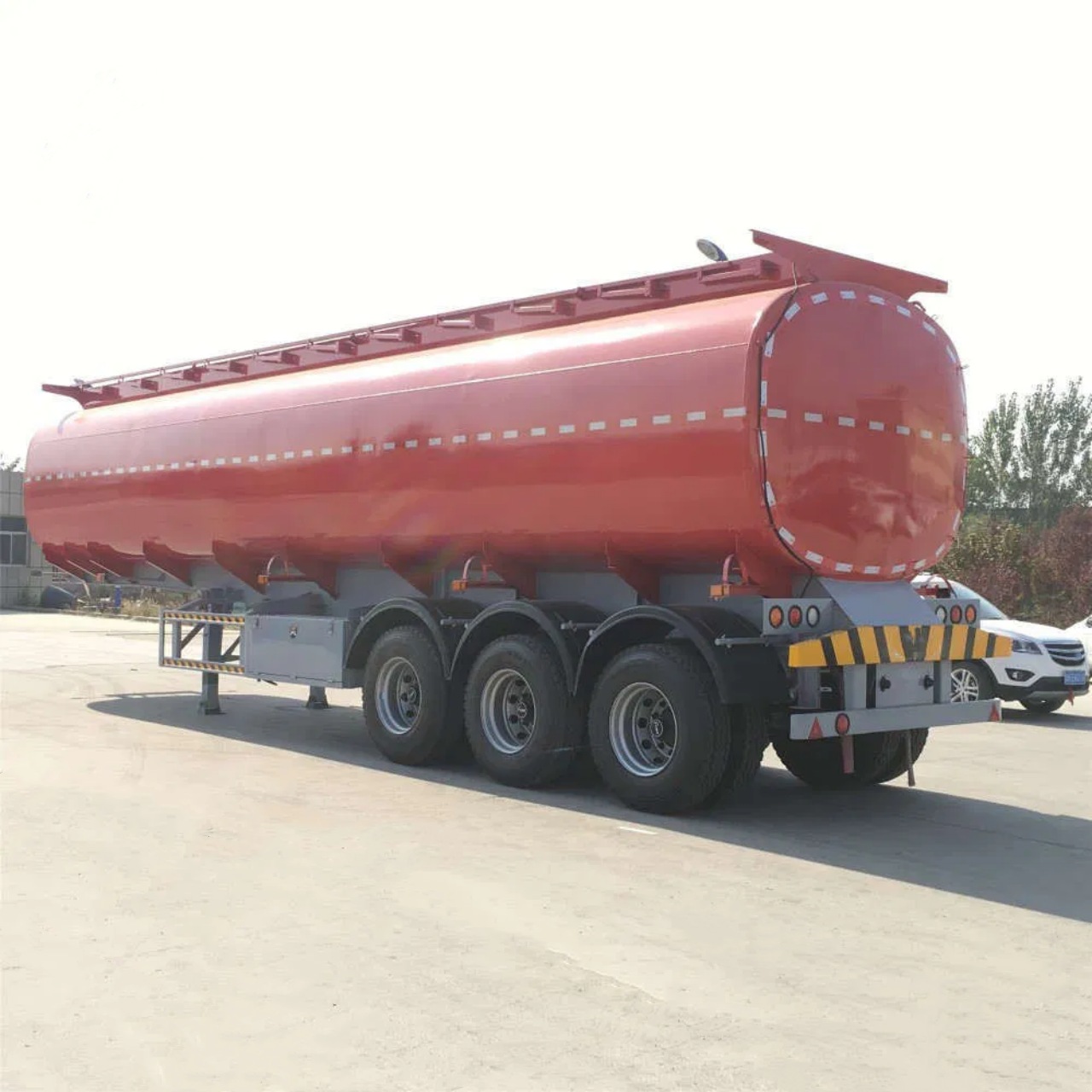Semi truck tankers, also known as tanker trucks or tank trailers, are vital components of the logistics and transportation industries. These trucks are designed to carry liquids, gases, or dry bulk cargo in large quantities over long distances. One of the most common questions asked about them is: “What is the capacity of a semi truck tanker?” The answer, however, is not as simple as a single number. The capacity of a semi-truck tanker depends on several factors, including the type of liquid or material being transported, regional regulations, the design and configuration of the tanker, and safety considerations. This article explores these variables in detail to give a comprehensive answer.
Types of Semi Truck Tankers
Before delving into capacity, it’s essential to understand that semi-truck tankers are not one-size-fits-all. They are custom-built or configured depending on the type of material they are transporting. The main types of tankers include:
- Liquid Tankers
- Used for transporting fuel (gasoline, diesel), milk, water, and chemicals.
- Dry Bulk Tankers
- Designed to carry granular or powdered goods such as cement, flour, or plastic pellets.
- Gas Tankers
- Built to handle pressurized gases like liquefied petroleum gas (LPG), anhydrous ammonia, or natural gas.
Each of these tanker types has its range of capacities and design specifications.
Typical Capacities of Liquid Tankers
Liquid tankers are among the most common types seen on highways. The typical capacities vary depending on their use:
- Fuel Tankers: These are often seen at gas stations or transporting fuel to airports and industrial facilities. A standard fuel tanker can carry between 5,000 to 11,600 gallons (approximately 19,000 to 44,000 liters). The most common configuration in the U.S. is around 9,000 gallons (about 34,000 liters).
- Milk Tankers: These are usually stainless steel tanks designed for sanitary transport. They often range from 6,000 to 8,000 gallons (22,700 to 30,300 liters).
- Water Tankers: Depending on whether the water is potable or non-potable and the purpose (firefighting, irrigation, etc.), capacities range from 4,000 to 10,000 gallons (15,000 to 38,000 liters).
- Chemical Tankers: Because of strict safety regulations and the corrosive nature of many chemicals, these tankers are smaller, typically ranging between 5,000 and 7,000 gallons (19,000 to 26,500 liters).
Dry Bulk Tanker Capacities
Dry bulk tankers transport materials like cement, sand, flour, and plastic pellets. These tankers are pressurized to allow for pneumatic unloading. Their capacities are typically measured in cubic feet rather than gallons:
- A standard dry bulk trailer usually carries 1,000 to 1,200 cubic feet of material, which equates to about 25 to 30 tons, depending on the product’s density.
- Larger, specialized dry bulk tankers can hold up to 2,000 cubic feet, though these are less common due to weight and length restrictions.
Gas Tanker Capacities
Gas tankers are specifically designed to carry liquefied or compressed gases under pressure. These require reinforced, insulated tanks and are regulated by strict safety laws.
- LPG Tankers: These typically carry 9,000 to 11,500 gallons (34,000 to 43,500 liters) of product. Due to the pressurized state, the actual gas volume would expand significantly at atmospheric pressure.
- Cryogenic Tankers: Used for transporting liquefied gases at extremely low temperatures (like LNG or liquid oxygen), they usually carry around 8,000 to 10,000 gallons (30,000 to 38,000 liters), with substantial insulation to maintain the low temperatures.
Factors Affecting Tanker Capacity
While the numbers above give a general idea, several factors can impact the actual capacity of a semi-truck tanker:
- Weight Limits:
- Most U.S. states enforce a maximum gross vehicle weight of 80,000 pounds (36,287 kilograms). This limit includes the tractor, trailer, fuel, and cargo. Therefore, even if a tanker can physically hold more liquid, it may not be able to transport a full load legally due to weight restrictions.
- Material Density:
- Heavier liquids like molasses or crude oil will hit the weight limit before filling the volume capacity of the tank, whereas lighter materials like gasoline or milk can use more of the tank’s volume before reaching the legal weight limit.
- Tanker Configuration:
- Tankers come in various configurations, such as single-compartment or multi-compartment designs. Multi-compartment tanks allow for carrying different materials or making multiple deliveries, but reduce the capacity of each compartment.
- Regulations:
- Transport regulations can vary by country and even by state or province. For example, tankers operating in Canada or Australia might have different axle and weight distribution rules, affecting how much they can legally carry.
- Road Conditions and Routes:
- Some routes restrict certain types of tankers or limit maximum weights due to bridge or road conditions. This can necessitate using smaller tankers or partially loading larger ones.
Tanker Size vs. Payload
It’s important to distinguish between the volume capacity of a tanker and its payload capacity. Volume is how much space is available in the tank (measured in gallons or liters), while payload refers to how much weight the truck can legally carry (measured in pounds or kilograms).
For instance, a liquid tanker might have a capacity of 10,000 gallons, but if the liquid is particularly heavy, the truck may only be able to legally carry 8,000 gallons before hitting weight limits. This is a critical consideration for logistics companies aiming to maximize efficiency while staying within legal parameters.
Conclusion
The capacity of a semi-truck tanker is influenced by numerous variables, including the type of cargo, vehicle design, legal limits, and specific use case. Broadly speaking, most liquid tankers range from 5,000 to 11,600 gallons, dry bulk trailers can handle 1,000 to 2,000 cubic feet, and gas tankers carry roughly 9,000 to 11,500 gallons under pressure. However, the actual usable capacity may be lower due to weight restrictions and other operational factors.
Understanding these capacities is essential not only for compliance with transportation laws but also for optimizing fleet operations and ensuring safe delivery of various materials. Whether transporting milk, fuel, or pressurized gases, the correct tanker must be chosen based on the specific needs of the load and the journey it must undertake.





